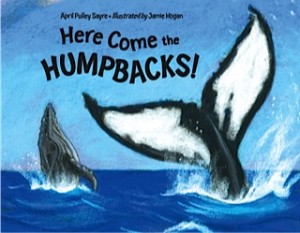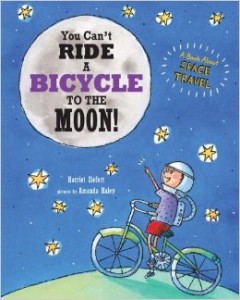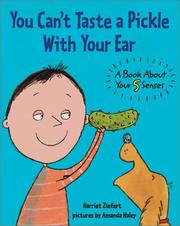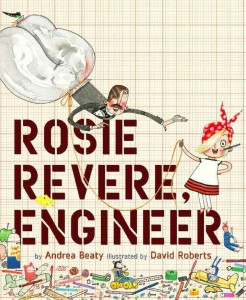 Happy March, everyone! This month I’m sharing a terrific informational picture book about humpback whales and a fabulous, free activity guide that will have your students up and moving as they process information. For those Nature Smart students who’re fighting the winter blahs, this kind of reading will be especially meaningful.
Happy March, everyone! This month I’m sharing a terrific informational picture book about humpback whales and a fabulous, free activity guide that will have your students up and moving as they process information. For those Nature Smart students who’re fighting the winter blahs, this kind of reading will be especially meaningful.
Here Come the Humpbacks! written by April Pulley Sayre and illustrated by Jamie Hogan is a nonfiction book detailing the migration of a humpback whale calf. Sayre gives us all the excitement of the treacherous journey that spans over 1,500 miles and doesn’t skimp on rich vocabulary or solid information.
After reading the book, your students can review what they’ve learned and “act out” the migration of a humpback. (Go, Key Ideas & Details!) Curious City has a wonderful, free humpback migration game you can download with step-by-step instructions and printables for 10 stations for students to visit. To add another layer of fun, go to YouTube and let kids hear the sounds that humpback whales make. (For more information about Curious City and its free children’s book engagement materials as well as book giveaways, please visit: curiouscitydpw.com. You’ll thank me later.)
I’ll be in New Jersey in April giving a seminar on early literacy skills for preschoolers and kindergartners. Please keep your fingers crossed that we’ll be enjoying tulip blossoms and not ice storms!
For more information about the author, please visit: aprilsayre.com.
For more information about the illustrator, please visit: jamiehogan.com



